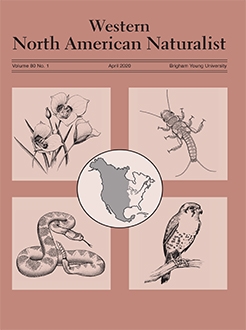We collected quantitative data on small mammal activity during the 2017 solar eclipse at a locality in south-central Idaho, at the center of the path of totality where the eclipse reached totality near midday. The day before the eclipse, temperature and light intensity approached daily maximum values during the 3-h period that would encompass the solar eclipse, and only diurnal squirrels were active during this interval. During the eclipse, changes in temperature and light were similar to those that normally occur before dusk and following dawn. Results suggest that diurnal species may have curtailed their activity during the eclipse, and species with facultative activity responded as they would with the approach of dusk. Despite their numerical dominance, nocturnal species were not detected during the eclipse, perhaps due to the brevity of the event or the stronger influence of endogenous activity cycles.
How to translate text using browser tools
28 January 2020
Small Mammal Activity in South-Central Idaho during the 2017 Solar Eclipse
Eric A. Rickart,
Obedh E. Ornelas,
Douglas J. Merkler,
Lois F. Alexander
ACCESS THE FULL ARTICLE

Western North American Naturalist
Vol. 80 • No. 1
April 2020
Vol. 80 • No. 1
April 2020





